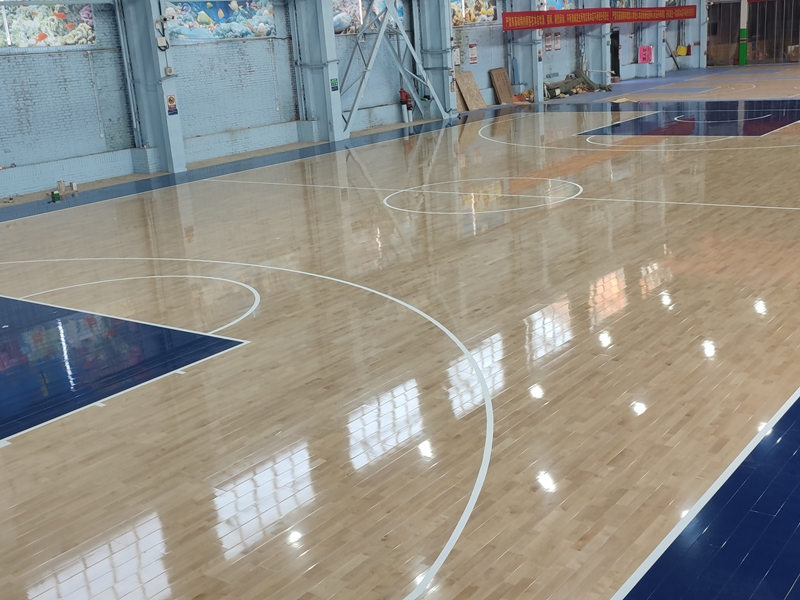The world of indoor sports wood flooring is constantly evolving, with new technologies and innovations emerging to enhance performance, safety, and sustainability. These advancements are transforming the way sports facilities design, install, and maintain their flooring systems.
One of the most significant innovations in recent years is the development of engineered wood flooring. Unlike traditional solid wood flooring, engineered wood consists of multiple layers of wood veneer bonded together with adhesives. This construction method offers several advantages, including improved stability, resistance to moisture and temperature changes, and enhanced shock absorption.
Another area of innovation is in the surface treatments and finishes applied to wood flooring. Manufacturers are now using advanced coatings and sealants to improve the flooring's durability, slip resistance, and ease of maintenance. Some finishes even incorporate antimicrobial properties to reduce the spread of bacteria and viruses in sports facilities.
In terms of installation, new technologies are making the process faster, more efficient, and less disruptive. For example, some manufacturers offer prefabricated flooring panels that can be quickly assembled on-site, reducing installation time and labor costs. Additionally, advanced adhesive systems are being developed to ensure a strong, long-lasting bond between the flooring and the subfloor.
Finally, sustainability is a key focus of innovation in indoor sports wood flooring. Manufacturers are exploring new materials and production methods to reduce the environmental impact of their products. This includes using recycled or reclaimed wood, developing biodegradable finishes, and optimizing supply chains to minimize transportation emissions.
In summary, innovations in indoor sports wood flooring technology are driving significant improvements in performance, safety, and sustainability. By embracing these advancements, sports facilities can create flooring systems that meet the evolving needs of athletes and the environment.

Leave a Reply